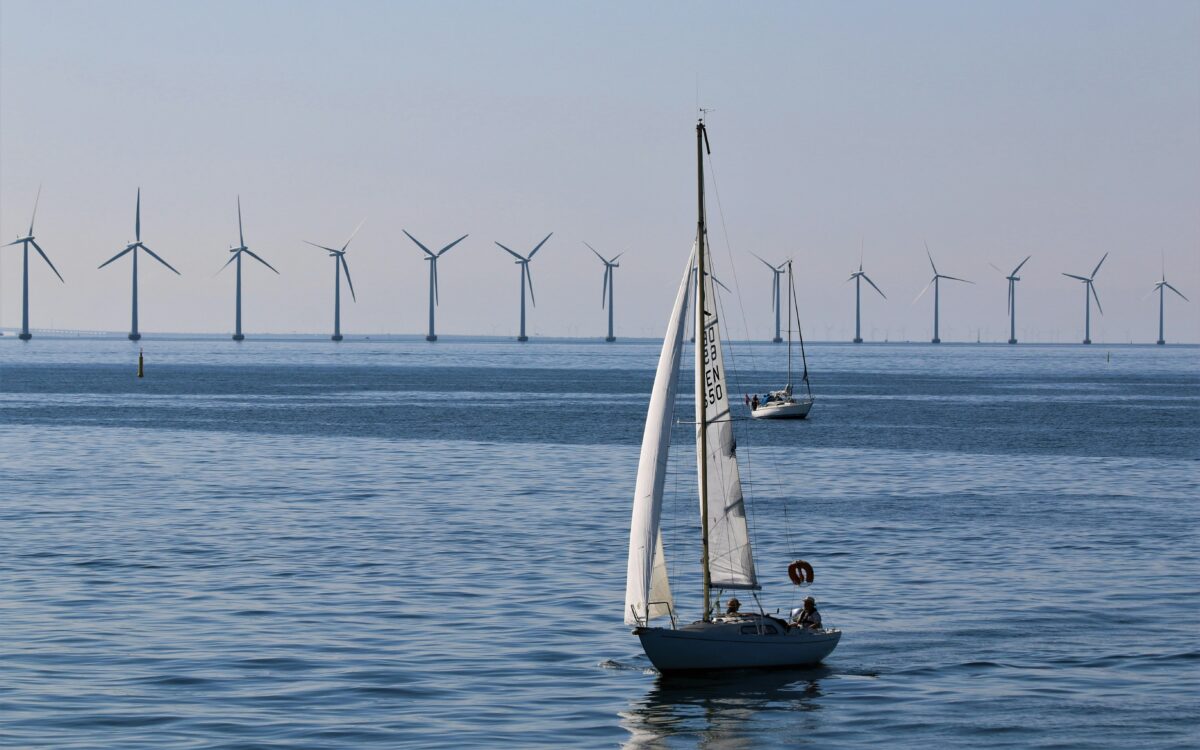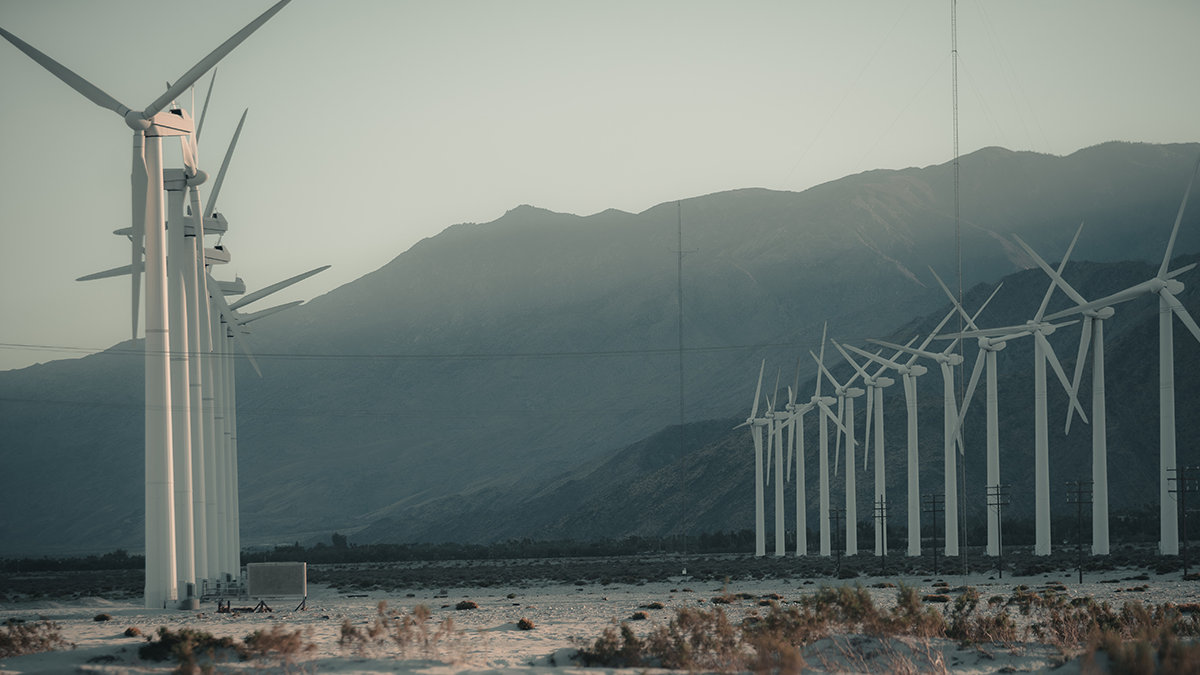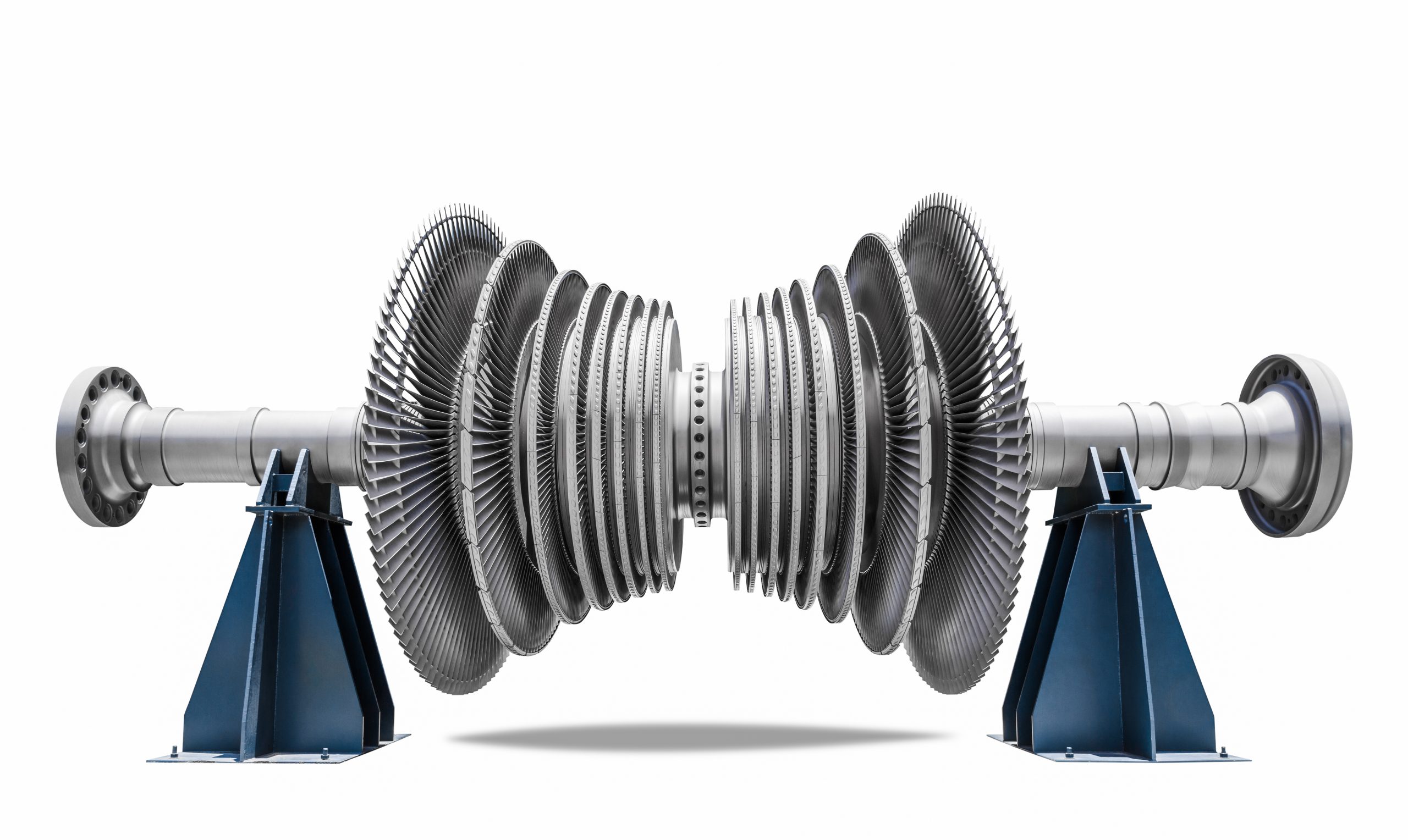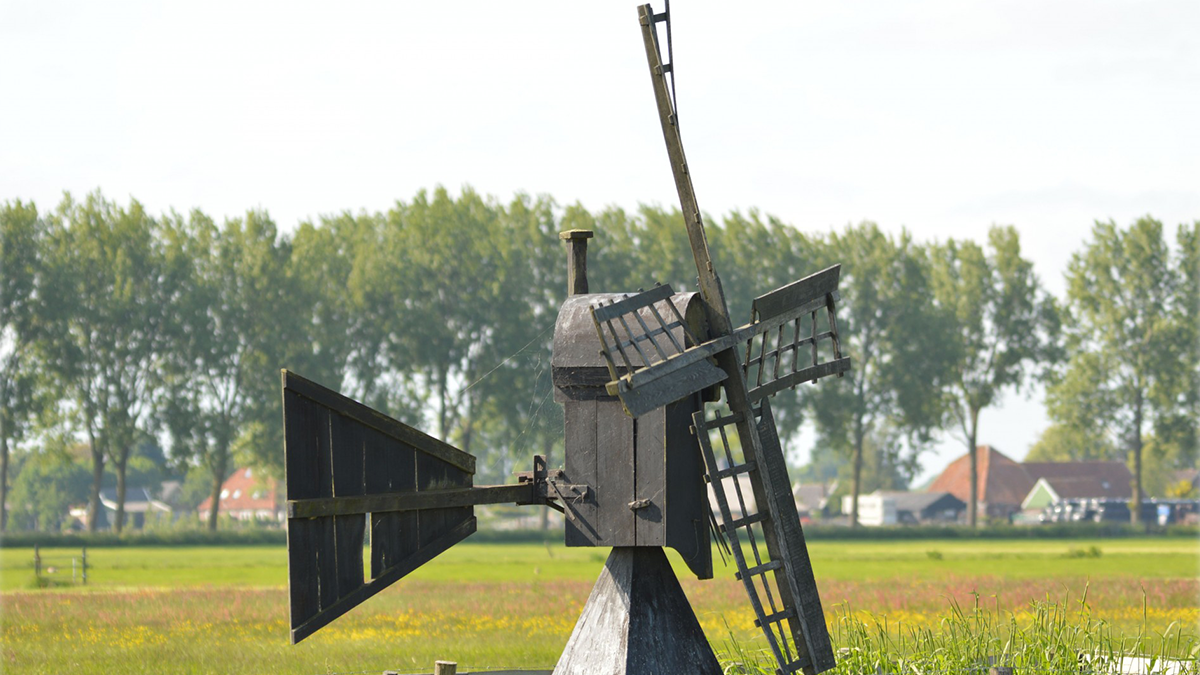What is turbine used for?
Turbines, those enigmatic whirring machines, are the workhorses of our modern world. But beyond their impressive size and complex engineering lies a fundamental principle: converting the power of flowing fluids into usable energy. This simple concept, however, translates into a vast array of applications, impacting nearly every facet of our lives. So, let’s delve deeper and explore the diverse ways we harness the power of turbines:
Generating Electricity:
- Powerhouses: The most prominent role of turbines lies in electricity generation. In thermal power plants, steam turbines, powered by burning fossil fuels or nuclear energy, spin at high speeds, driving generators that produce electricity. This method accounts for a staggering 68% of global electricity production, highlighting its crucial role in powering our homes, industries, and cities.
- Hydropower: Harnessing the power of moving water, hydropower plants utilize hydraulic turbines to generate electricity. This clean and renewable source accounts for 16.5% of global electricity production, showcasing its potential for sustainable energy solutions.
- Wind Power: The iconic wind turbines, with their towering blades, capture wind energy and convert it into electricity via wind turbines. This rapidly growing renewable energy source is expected to contribute 8.4% of global electricity generation by 2024, indicating its significant impact on the transition towards a greener future.
Propulsion Systems:
- Jet Engines: The mighty engines that propel airplanes utilize gas turbines. These turbines compress air, mix it with fuel, and ignite the mixture, creating hot gases that expand and drive the turbines, generating thrust. This technology powers over 90% of commercial air travel, showcasing its importance in global transportation.
- Marine Engines: Similar to jet engines, marine gas turbines are used in large ships and boats. These powerful turbines offer high speeds and efficient fuel consumption, making them crucial for maritime transportation and shipping.
Other Applications:
- Industrial Processes: Turbines are used in various industrial applications, from powering pumps and compressors to driving generators for factories and refineries. They also play a role in oil and gas pipelines, transporting these resources across vast distances.
- Automotive Industry: While not as common as reciprocating engines, microturbines are being explored in some hybrid and electric vehicles as range extenders. These small turbines generate electricity to power the vehicle or recharge the battery, potentially increasing driving range.
Looking Ahead:
Turbine technology continues to evolve, with research focusing on improving efficiency, reducing emissions, and developing new applications. With their diverse applications and potential for clean energy solutions, turbines are sure to remain a vital force in shaping our future.
Quantitative Insights:
- Global turbine market size: USD 75.5 billion in 2023, expected to reach USD 105.6 billion by 2028 (Source: Grand View Research)
- Number of wind turbines installed globally: Over 330,000 (Source: Global Wind Energy Council)
- Electricity generation by source: Coal (36.5%), Natural Gas (23.1%), Hydropower (16.5%), Nuclear (10.2%), Wind (8.4%) (Source: IEA World Energy Outlook 2023)
By understanding the vast applications and quantitative impact of turbines, we gain a deeper appreciation for their role in powering our world and shaping the future of energy.




